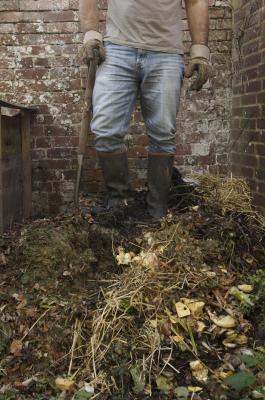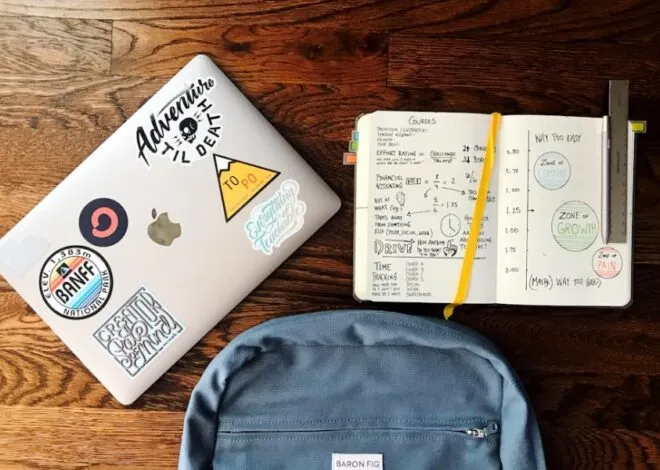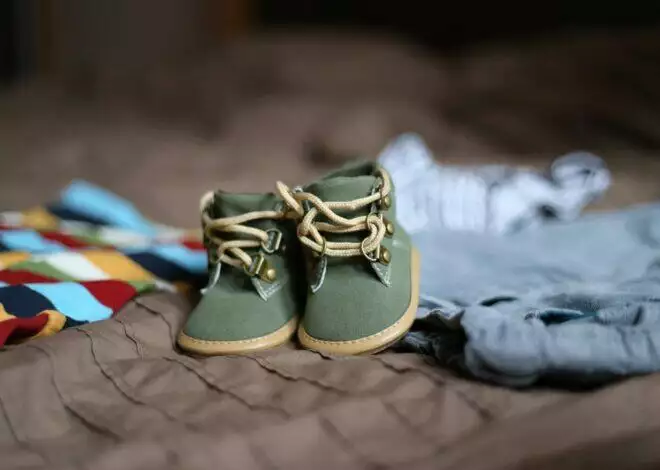Composting at your home allows you to recycle your own waste while providing nutrition for your garden. You can compost almost anywhere, although some areas have laws regulating it, such as requiring a closed container to contain smells. Creating a compost pile is easy to do, and maintenance doesn’t require much of your time.
Decomposing Matter
As time passes, all living things will rot. This decomposed matter becomes food for the soil. When you consciously create a compost pile or use a composting bin, you are concentrating all of the organic goods in one place, which helps the decomposition process. For composting to be successful, you need nitrogen — found in green materials, such as grass clippings or fruits and vegetables, carbon — found in brown organic matter such as dried leaves or sticks, water and air.
Making It Happen
Designate an area of your yard for a compost pile or use a commercial composting bin. Place a few sticks at the bottom to help with drainage, then layer your organic materials on top of each other, alternating nitrogen and carbon materials. When you put fresh fruit and vegetable cuttings into the pile, cover them up with dry leaves or bury them into the pile to avoid pests such as rats or flies. Spray this down with water so that the whole pile is damp and rewater when the material starts getting dry.
Hands On or Hands Off
In a “warm” compost pile, you must take an active role in creating your compost. Stir it often to mix the materials up and water whenever it becomes dry. This creates usable compost in about two to three months. If you’re interested in a more laid-back approach, you can create a cold compost pile, where you simply add your organic materials, water every once in a while and wait for your compost to finish. This takes longer and you may have to wait several months or a year before it’s finished.
When Is Your Compost Ready?
The material should be dark brown — almost black — and have few chunks of wood or food inside it. It should also have a rich, earthy smell. It works best to have a few compost containers so that you can allow one container to fully compost while adding fresh material to another.
Using Your Compost
Spread our compost around the areas where you install new plantings. You can rake it through the ground to incorporate it into the soil in surrounding areas, then add additional compost directly around new plants.





